19 GPTs for Behavior Change Powered by AI for Free of 2025
AI GPTs for Behavior Change are advanced tools built upon Generative Pre-trained Transformers technology, designed to foster alterations in behavior through personalized interaction and content generation. These tools leverage the power of AI to understand and influence human behavior, making them invaluable for applications ranging from health and wellness to education and environmental conservation. By analyzing patterns and providing tailored advice or support, they offer a unique approach to encouraging positive behavior change.
Top 10 GPTs for Behavior Change are: Expert en Psychologie,NudgeGPT,Dr. Change,Zsoltwin,Jane the Storyteller: Motivation for Weight Loss,Habit Stacker,Allen Carrs Method Counselor,Creative Health Visualizer,Innoveren met Impact AI,AS Helper
Expert en Psychologie
AI-powered emotional and behavioral guidance.

NudgeGPT
AI-Powered Behavioral Transformation

Dr. Change
AI-Powered Habit Transformation

Zsoltwin
Empower Workplaces with AI-Driven Learning Insights
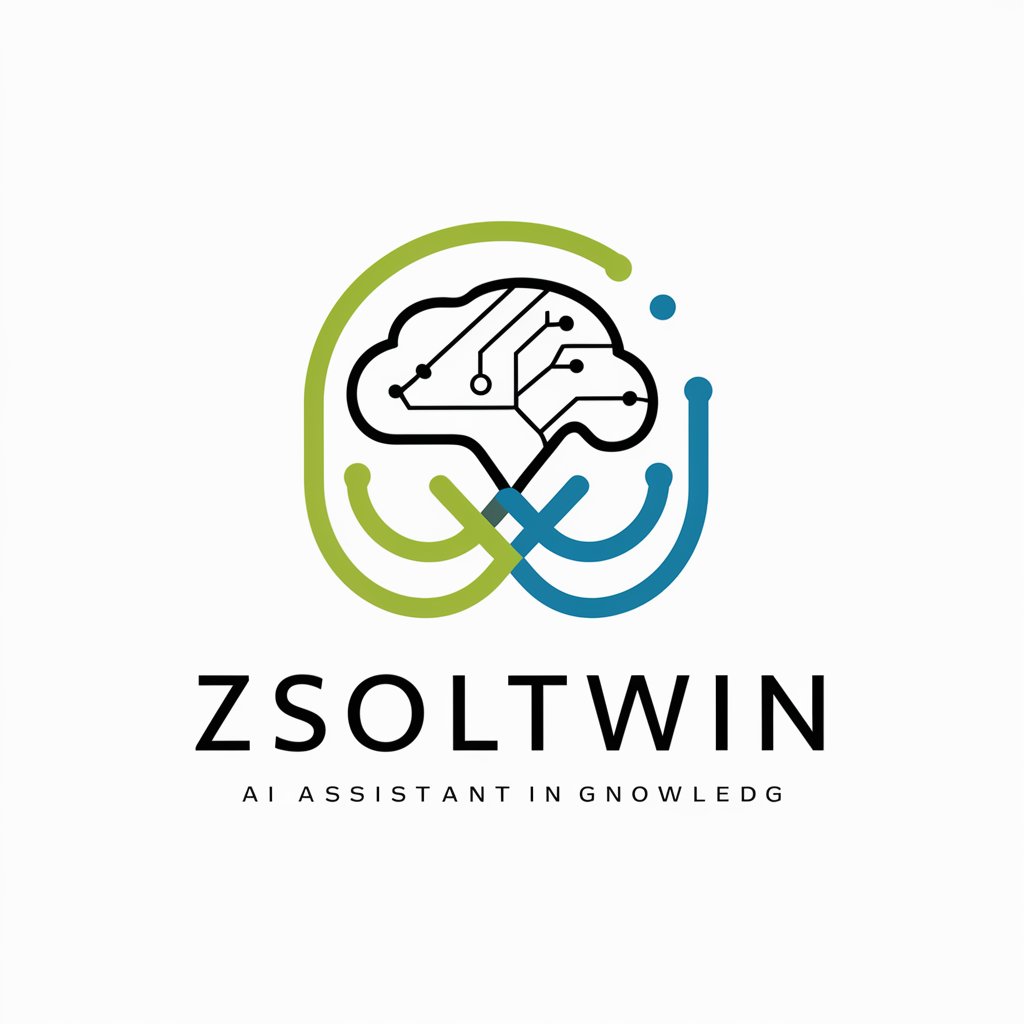
Jane the Storyteller: Motivation for Weight Loss
Inspiring your weight loss journey with AI-powered stories.

Habit Stacker
Stack habits, transform your life with AI
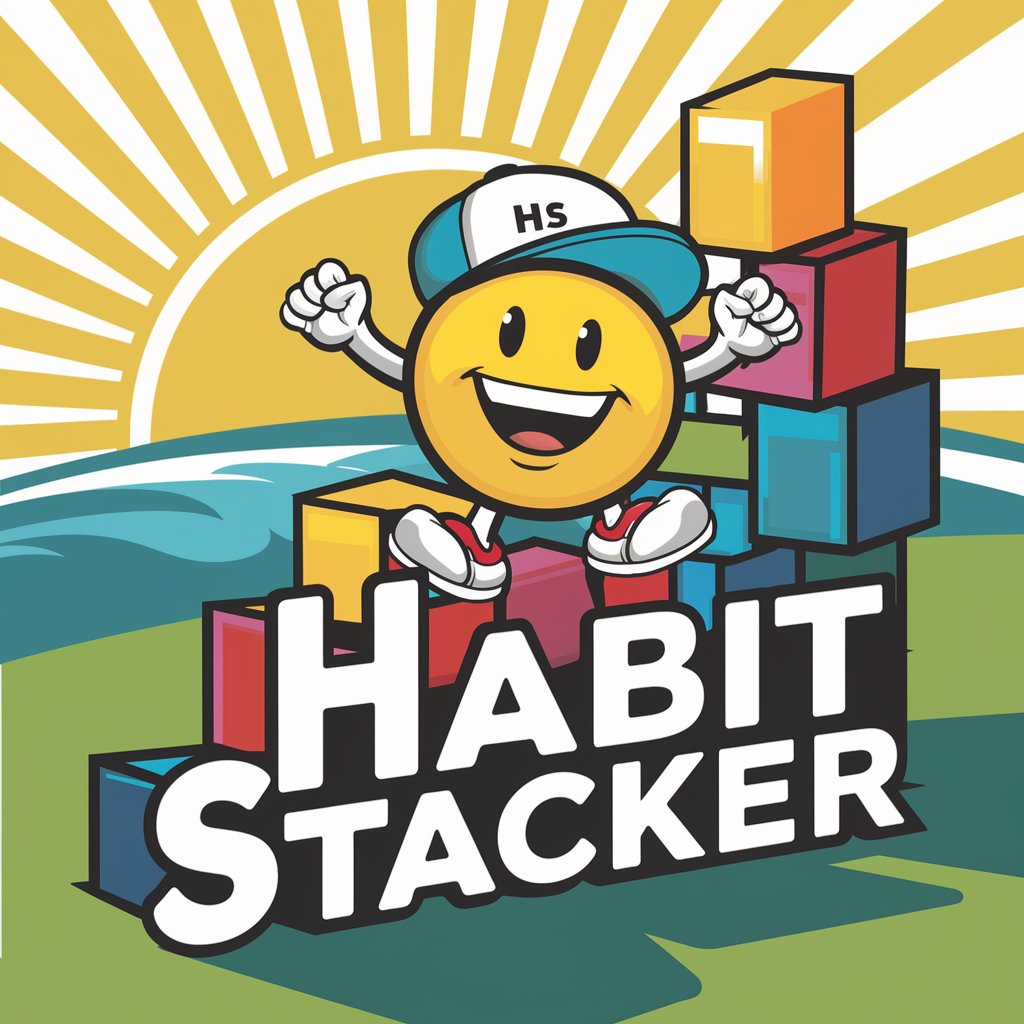
Allen Carrs Method Counselor
AI-powered Path to Smoke-Free Life

Creative Health Visualizer
Inspiring wellness through AI creativity

Innoveren met Impact AI
Empowering Applied Psychology with AI
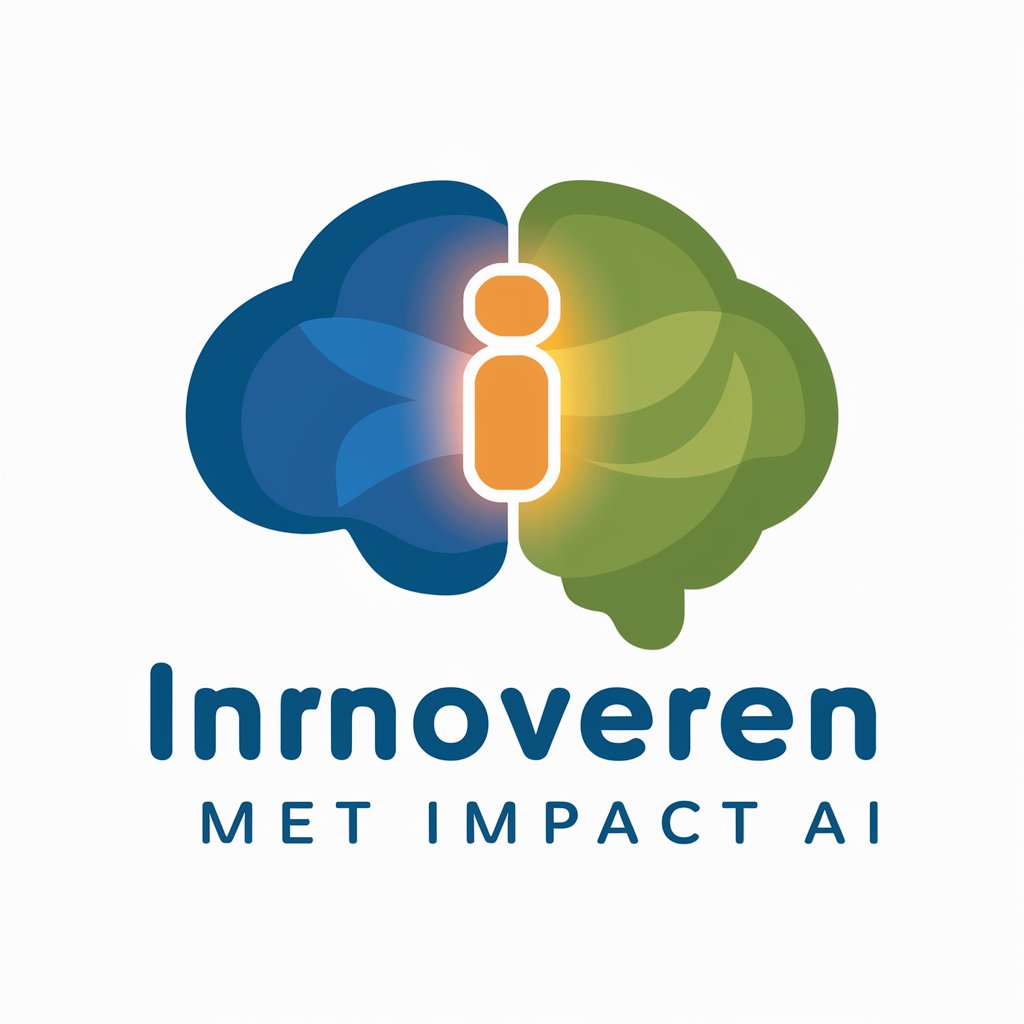
AS Helper
Empower Your Inner Journey with AI

Books Navigator
Transforming book wisdom into action, AI-powered.
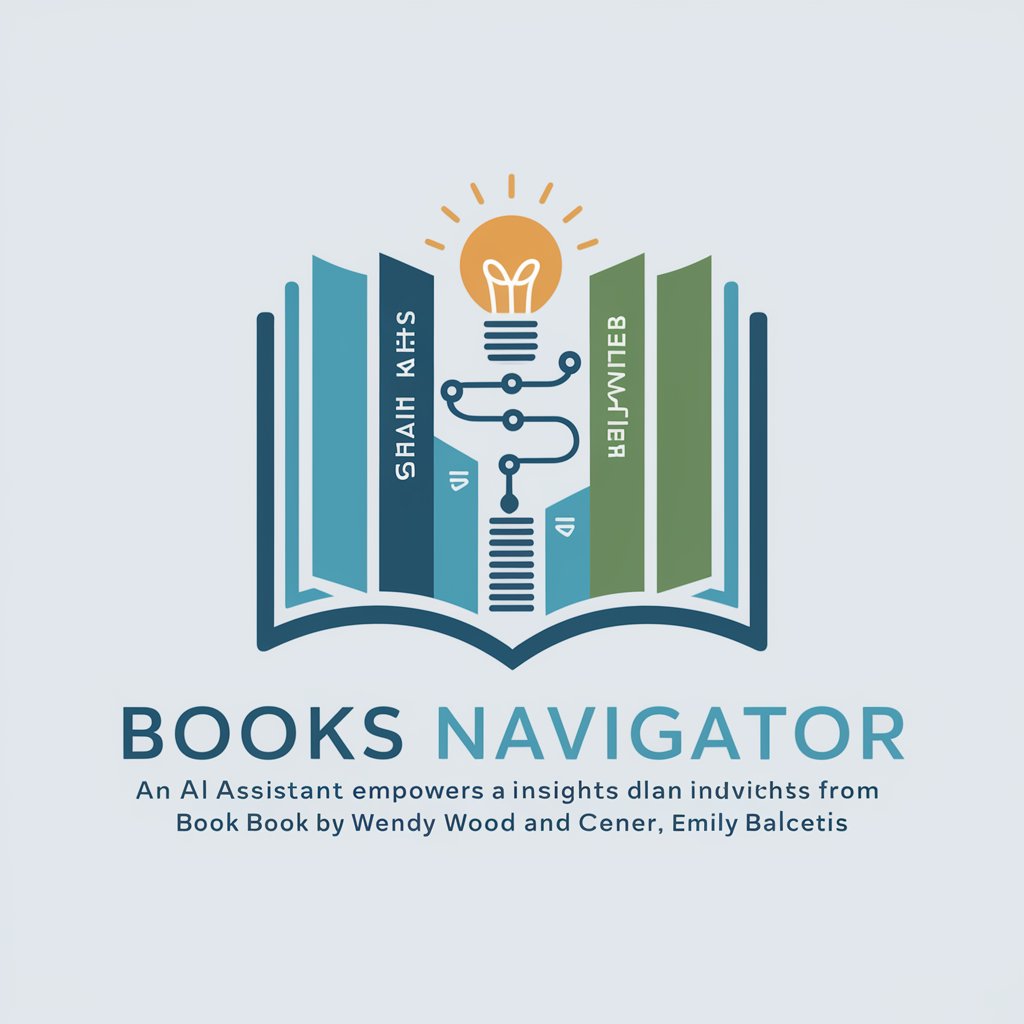
Mon Conseiller pour en finir avec le tabac
Empowering smoke-free lives with AI support.

Bad Habits meaning?
Transform habits with AI insight

Habit Builder
Unlock Your Potential with AI
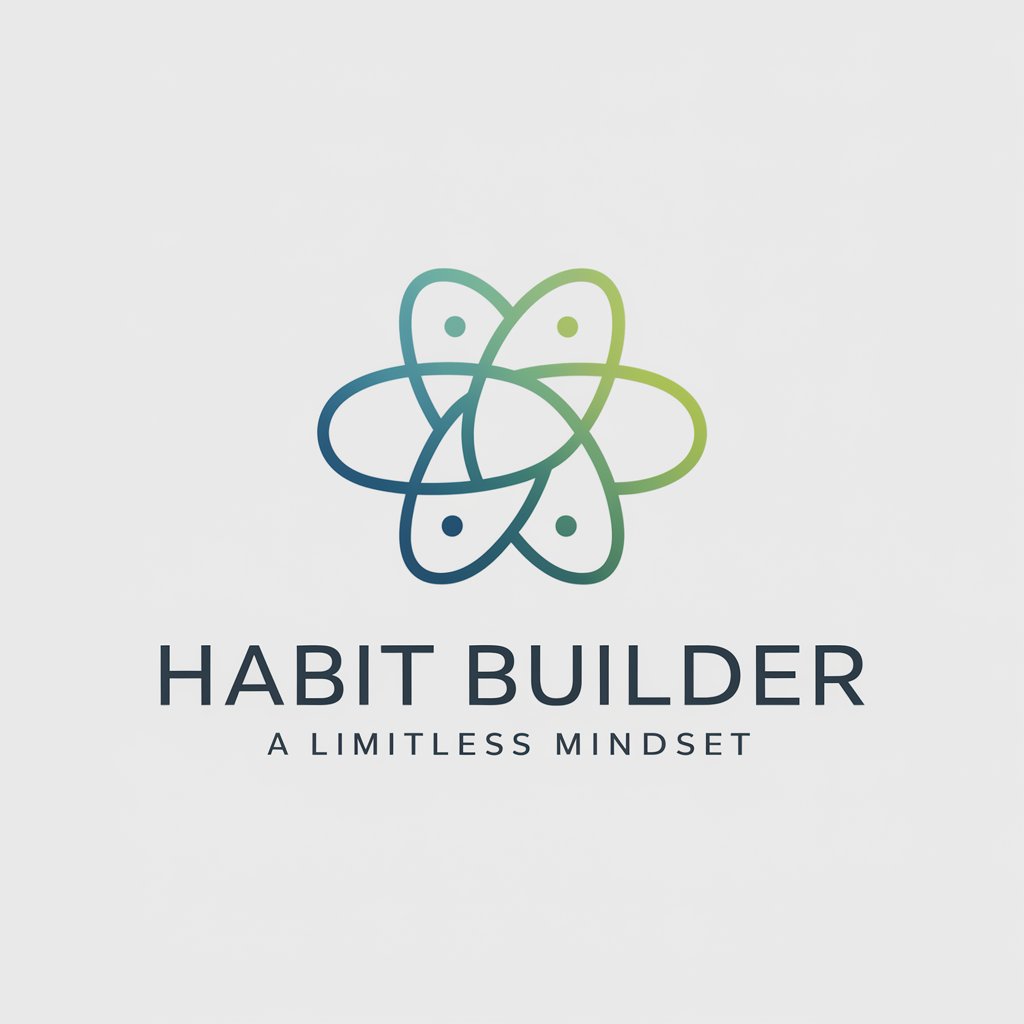
Annual Wellness Guide - New Year Resolutions
Empowering Your Wellness Journey with AI

習慣化サポーター
Empower Your Routines with AI
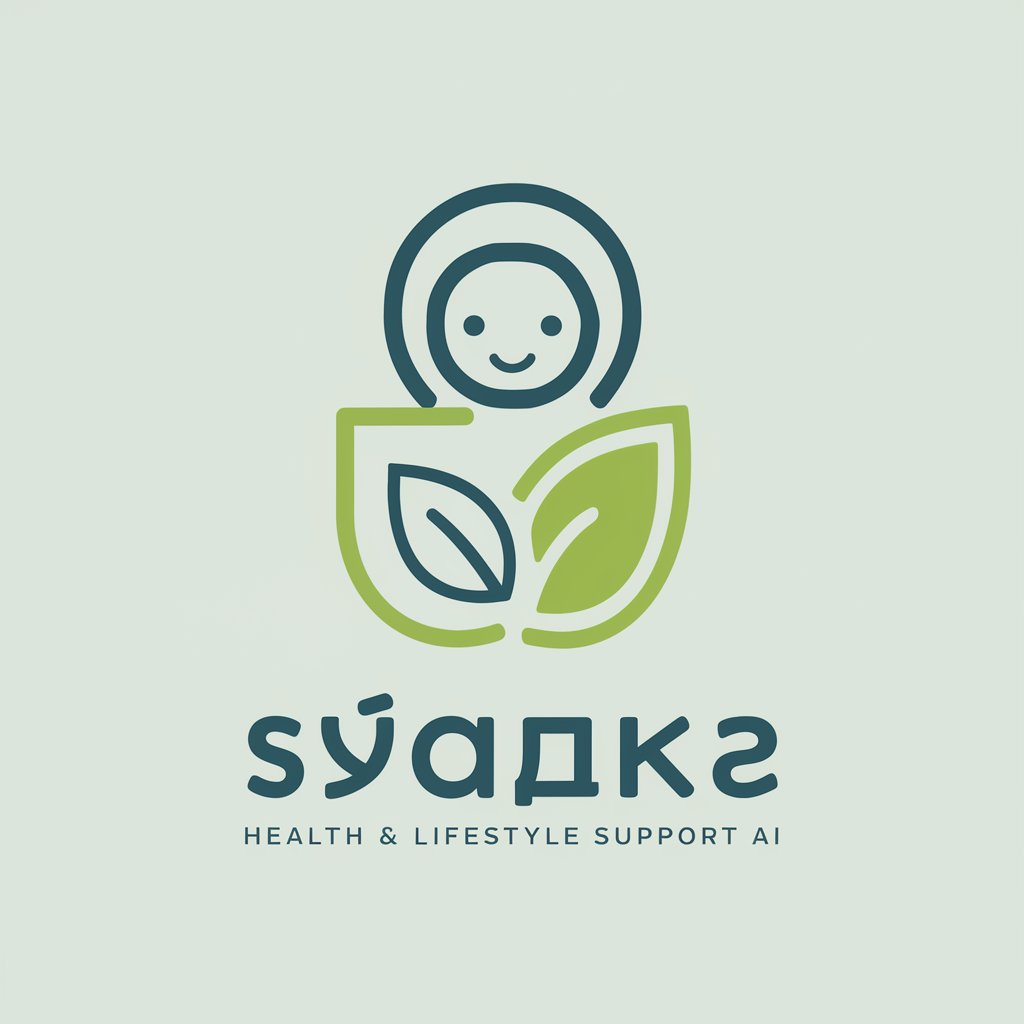
Habit Hero
Transform Habits with AI
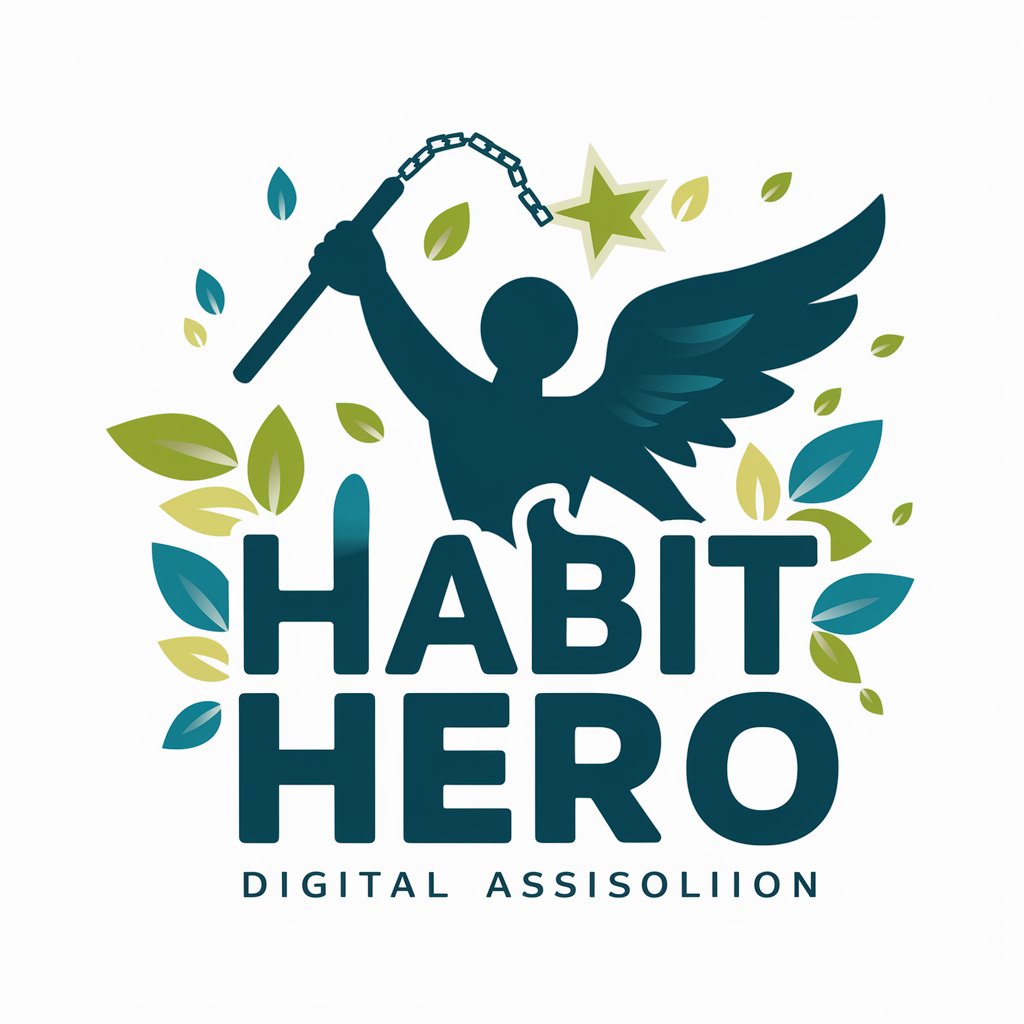
24 Hours No Regrets (Personal Development)
Reflect, Grow, No Regrets with AI

Quit Buddy Enhanced
AI-powered support for smoking cessation

Unique Attributes and Capabilities
AI GPTs for Behavior Change stand out due to their adaptability, enabling them to cater to a wide range of behavior modification needs. Core features include natural language understanding for personalized communication, predictive modeling to anticipate user needs, and reinforcement learning to adapt responses based on interaction outcomes. Specialized functionalities may also encompass language learning assistance, comprehensive technical support, sophisticated web searching, innovative image creation, and detailed data analysis, all aimed at supporting behavior change initiatives.
Who Benefits from AI GPTs for Behavior Modification
These tools are designed for a diverse audience, including individuals seeking personal development, developers crafting behavior change apps, and professionals in healthcare, education, or environmental sectors. They are accessible to users without coding expertise, thanks to user-friendly interfaces, while offering extensive customization options for tech-savvy individuals or developers, enabling a broad spectrum of applications from simple reminders to complex behavioral interventions.
Try Our other AI GPTs tools for Free
Self-Efficacy
Discover how AI GPTs for Self-Efficacy can transform your approach to personal development, offering tailored support, goal tracking, and motivational advice to help you achieve your best self.
Skoolie Conversion
Unlock the potential of your Skoolie Conversion project with AI GPT tools designed to streamline planning, design, and execution, making your dream build more accessible than ever.
Brief Summaries
Explore AI GPT tools for Brief Summaries: Streamline your understanding of complex texts with advanced, user-friendly AI summarization technologies.
Pokémon Collection
Explore how AI GPT tools for Pokémon Collection are revolutionizing the way enthusiasts manage, analyze, and enhance their Pokémon collectibles with advanced AI technology.
RNG Challenges
Explore how AI GPTs revolutionize randomness in RNG Challenges, offering precise, adaptable solutions across gaming, research, and more.
Settlement Placement
Discover how AI GPTs are revolutionizing Settlement Placement with adaptive, data-driven solutions for urban development and land use optimization.
Expanding the Horizon with AI GPTs
Beyond their core functionalities, AI GPTs for Behavior Change offer the potential for seamless integration into daily life and existing digital ecosystems, providing a frictionless experience for users. Their capacity to analyze vast amounts of data and learn from interactions enables these tools to become increasingly effective over time, offering customized solutions across various sectors with a focus on enhancing user engagement and achieving long-term behavior change.
Frequently Asked Questions
What exactly are AI GPTs for Behavior Change?
They are AI-driven tools that leverage Generative Pre-trained Transformers to facilitate and support changes in human behavior through personalized interactions and content.
How do AI GPTs adapt to individual behavior change needs?
These tools use natural language processing, predictive analytics, and reinforcement learning to tailor interactions and advice based on user behavior and feedback.
Can non-technical users benefit from these tools?
Yes, they are designed with user-friendly interfaces that require no coding knowledge, making them accessible for personal development and professional use alike.
Are there customization options for developers?
Absolutely, developers can utilize APIs and programming interfaces to tailor functionalities for specific behavior change applications.
What types of behavior can these tools help change?
They can assist in a wide range of areas including health and wellness, educational learning, environmental behaviors, and more.
How do these tools ensure user privacy?
AI GPTs for Behavior Change are designed with privacy in mind, employing data encryption and anonymization to protect user information.
Can these tools integrate with other systems or applications?
Yes, they are built to be flexible and can be integrated with various platforms and systems to enhance existing workflows or applications.
What makes AI GPTs different from other behavior change technologies?
Their ability to understand and generate human-like text allows for more personalized and engaging interactions, setting them apart from traditional behavior change methods.